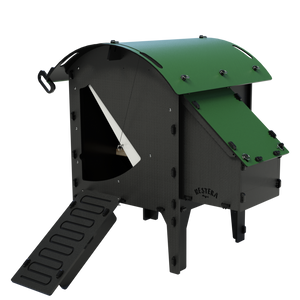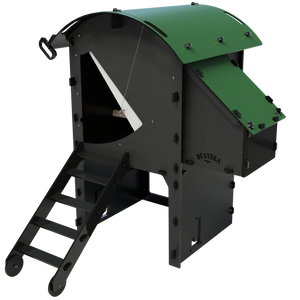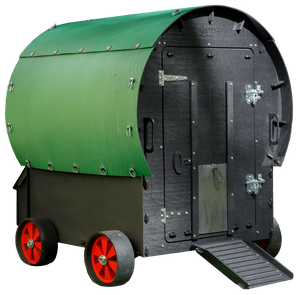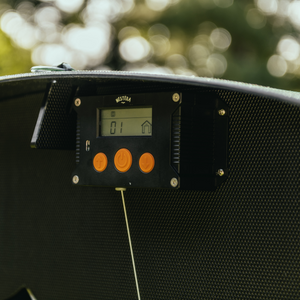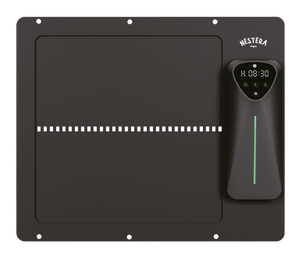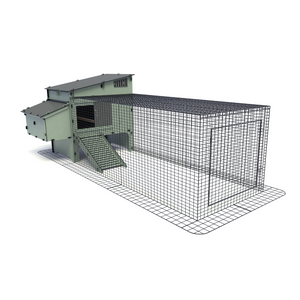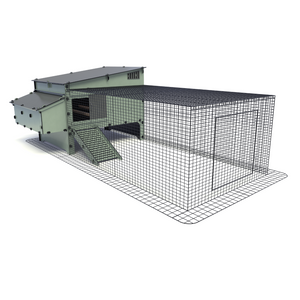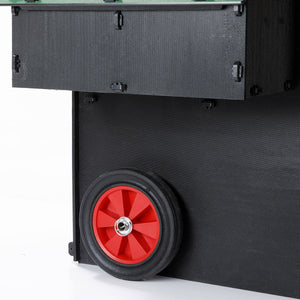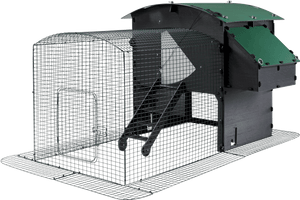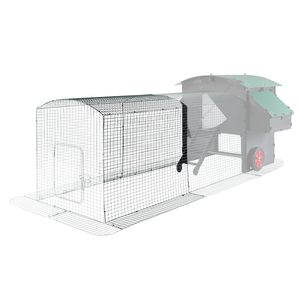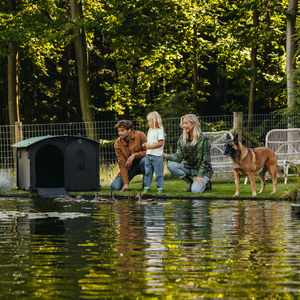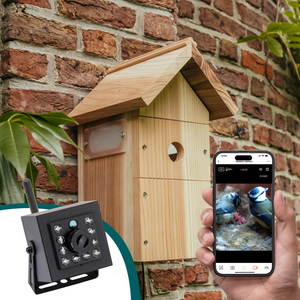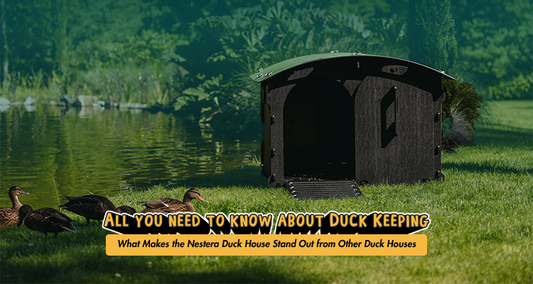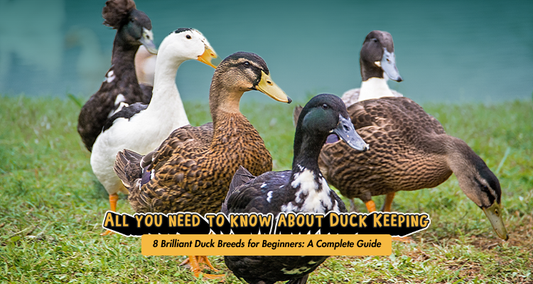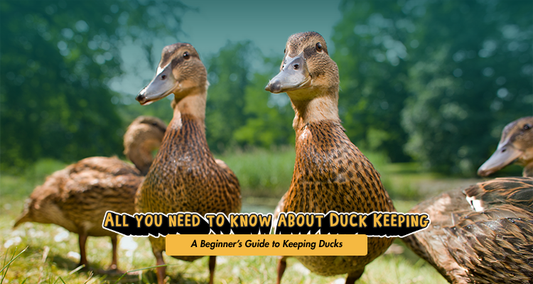The way your flock uses its coop and nest boxes is deeply influenced by natural instincts shaped over thousands of years of evolution.

All modern chicken breeds are descended from wild jungle fowl native to Asia. These birds live in dense jungle environments and form tightly bonded flocks. Within each flock, there is a clear social hierarchy, typically led by a dominant rooster and a leading hen.

The dominant hen chooses the safest nesting site for the group. In the wild, this would be a well-hidden spot close to the ground, often shielded by foliage to protect against predators. Hens lay their eggs in a communal clutch, which one hen then incubates—putting herself at risk to protect the group’s reproductive success. This behaviour ensures both the survival of the clutch and the safety of the flock.
Today’s chickens still retain many of these ancestral instincts. Even without a rooster (and therefore with infertile eggs), your hens will exhibit similar behaviour. A dominant hen will often choose a preferred nest box, and the rest of the flock will follow her lead, laying their eggs in the same location for added safety.

This communal nesting habit contrasts strongly with that of garden birds, which usually form breeding pairs, build individual nests, and share incubation duties. Chickens, on the other hand, are social breeders and prefer group nesting strategies.

In commercial egg production, flocks are extremely large—often numbering in the thousands—and consist of birds with minimal flock hierarchy. These chickens no longer exhibit broody behaviour due to selective breeding focused on maximizing egg output. As a result, they don’t show preference for specific nest boxes and will use whichever is available.
The Takeaway for Backyard Chicken Keepers:

You don’t need one nest box per hen. Most hens prefer to share a communal nest box, especially in smaller backyard flocks. Removing dividers between boxes can help encourage this natural behaviour and make your chickens feel more secure while laying.


